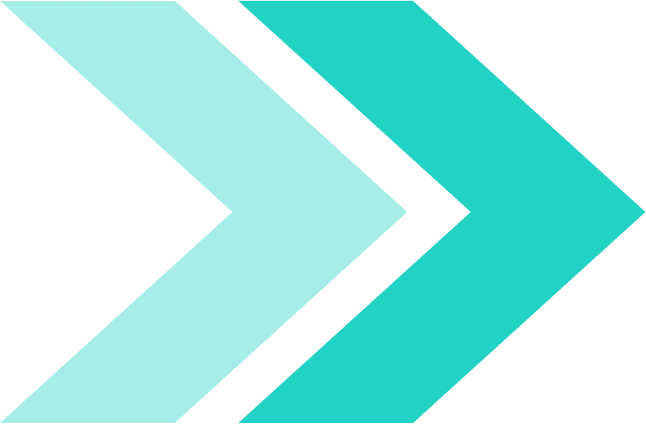Moisture is one of the biggest threats to building materials. When exposed to damp or humid conditions, many wall systems suffer from mold and mildew growth. This not only weakens structures but also creates serious health risks for occupants.
One of the main advantages of fiber cement boards is their ability to perform well in wet environments. Unlike wood or gypsum boards, they are engineered to resist mold and mildew, making them a preferred choice for high-moisture areas.
In this article, we’ll explore why fiber cement boards resist mold, where they are most effective, and how to maximize their long-term performance.
Why Mold and Mildew Grow in Buildings
Mold and mildew thrive in environments where three conditions exist:
- Moisture – from leaks, condensation, or humidity.
- Organic material – such as wood or paper that mold feeds on.
- Lack of ventilation – allowing dampness to remain trapped.
Traditional boards like plywood or plasterboard contain organic materials that become a food source for mold. Once mold spreads, it not only damages the surface but can also release spores that affect indoor air quality.
Why Fiber Cement Boards Resist Mold and Mildew
Fiber cement boards are made from Portland cement, silica, and cellulose fibers. This unique composition gives them several advantages over traditional materials:
- Low organic content: With very little organic matter, mold has no real food source.
- Moisture resistance: The cement matrix prevents water absorption, limiting dampness.
- Dimensional stability: Unlike wood-based boards, fiber cement does not swell or warp when exposed to humidity.
- Inorganic surface: Mold spores struggle to anchor and grow on the dense, smooth surface of the board.
These properties make fiber cement an excellent solution for areas where moisture is a concern.
Applications Where Mold Resistance Matters Most
- Bathrooms and Kitchens
High humidity and frequent water exposure make these spaces prone to mold. Fiber cement boards offer a durable alternative to gypsum boards for walls, ceilings, and partitions.
- Basements
Basements are often damp due to soil contact and poor ventilation. Fiber cement boards provide a reliable solution that resists mold in these challenging conditions.
- Exterior Cladding and Soffits
Ventilated façade systems allow some water penetration. Using fiber cement as the sheathing or cladding layer ensures resistance against mold growth on the building envelope.
- Commercial and Public Spaces
Hotels, hospitals, and schools demand durable, hygienic surfaces. Fiber cement boards ensure long-term performance with minimal maintenance.
Best Practices to Maximize Mold Resistance
Even though fiber cement boards are highly resistant, correct installation and maintenance are essential:
- Seal all joints and cut edges with primer or coating to prevent water ingress.
- Leave expansion gaps between boards to accommodate movement without cracking.
- Use breathable paints or finishes that allow vapor transmission.
- Ensure proper ventilation in wall assemblies, especially in exterior applications.
- Combine with waterproofing systems like membranes or vapor barriers for maximum protection.
Conclusion
Mold and mildew are major challenges in construction, but fiber cement boards provide a reliable defense. Thanks to their moisture resistance, low organic content, and dimensional stability, they outperform many traditional materials in humid or damp environments.
By installing them correctly and pairing them with proper waterproofing and ventilation systems, you can create walls and partitions that remain healthy, durable, and mold-free for decades.
Visit the Smartfiber Fiber Cement Board page to explore specs, sizes, and delivery options.
Authored by Smartcon Int’l. Trade & Marketing Ltd. on 21.08.2025. All rights reserved.

